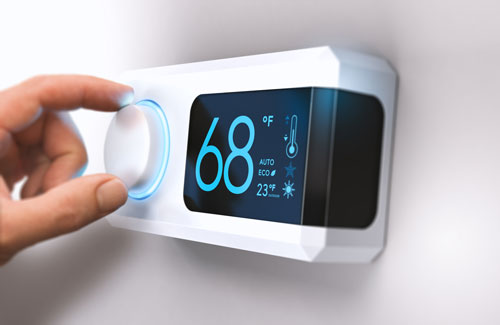Data center contamination is an ever-present threat to the equipment and servers typically found in a large and enclosed room. The potential effects from contamination may range from impaired power efficiency to destruction of the equipment due to failure. However, like all facets of life, threats can be subdued in some shape or form. This article will discuss the different types of procedures to undergo to ensure that your data center is kept clean and free of contamination threats.
Contamination that affects data centers can come in two forms – Particulate Matter (PM) and Gaseous. If PM blocks equipment cooling fans and heatsinks, the cooling system will have to work even harder to maintain the operating temperature limits. This increases the power demand of the data center by 2% or more, as well as potentially shortening the equipment’s lifetime. Some examples of common contaminates are ferrous metal particles, white dust, zin whiskers, and chlorides/salts (especially locations in the coastal regions).
Procedures to Control Threats of Data Center Contamination
1. Keep Doors Closed at All Times
The data center is a closed environment. This means that the door to other rooms, especially to the outside, should remain closed when not in use. This will lessen the risks of bacteria/outside contaminates from slipping in.
2. Use Contamination Control Mats at All Entrances
The use of contamination control mats go a long way here. However, antistatic mats that dissipate the static electricity that builds on shoes and clothing is highly recommended here. Prevention of any external electricity will see to the longevity of the data center equipments.

3. No Food or Drinks Inside
This is self-explanatory. Leave your food and drinks outside!
4. Do Not Unpack Items Inside the Data Centers
Establish a staging area outside the data center for unpacking and assembling of equipment before going in. The internal environment of the data center should be maintained the same each and every time. Unboxing and assembling of equipment may risk outside pollutants to hit the current equipment.
5. Do Not Store Paper, Cardboard, or Similar Supplies Inside Data Centers
In addition to shedding contaminants, paper, cardboard, and other similar items represent collection points for airborne contaminants. The data centers should ONLY have the necessary equipment — anything further may run the risk to collect any sorts of contaminants.
6. Maintain Controlled Temperature and Humidity Level
The climate inside a data center should always be maintained at a set temperature and humidity level. Failure to regulate temperature will cause the equipment to overheat, and without the correct levels of humidity, chances of electrostatic discharge is increased.

7. Establish and Maintain a Regular Cleaning and Filter Replacement Schedule
To ensure that the data center is well-kept and regulated for contaminants, there needs to be regular data center cleaning for equipments, including servers, trays, cabinets, water filtration systems, humidification cooling systems, and more. Once a clean up schedule is established, it is critical that it is followed. Most data centers who suffer from contaminant infections occur because the cleaning schedule is not followed.
Conclusion
Contaminants come in many shapes and sizes, and may occur from something as simple as letting the room get too dry. Once the contaminants enter the data center environment, they are drawn into and moved about through the air handling units. Even the water that is used to cool the room can be at fault for bringing in the contaminants. We suggest that ultra pure water (water that has gone through the reverse osmosis process) is the best type of water to use to drastically decrease the risk of contaminants coming in.
For more information on UltraPure water and how it can help reduce the contaminants in your data center, please read our page on how UltraPure Water is a necessity for Data Centers, or contact us for more information on how to prevent data center contamination.
Reader Interactions